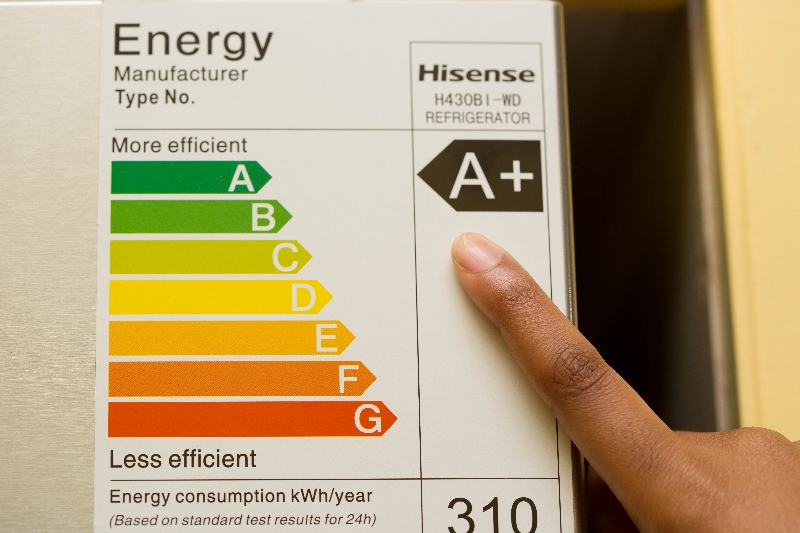The European Commission is going to complete the process undertaken to review the current energy label in order to eliminate the classes above the ‘A’ and restore the old A to G scale. But what will this imply?
By Tiziana Corti
One of the hot topics on which the Industry, Research and Energy Committee of the European Parliament is focusing on is the renewal of the energy label of home appliances. A measure in question for some time that seems, by the latest developments, will soon come to an end.
Although the last decision will be that of the Trialogue and of the Council of Ministers.
The issue of rescale the energy classes arises because, in recent years and very quickly, in some product categories, such as washing machines and refrigerators, a substantial ‘crowding’ above the A class has occurred, thus creating the superior classes: A+, A++ and A+++.
At the same time, the classes from B to G have almost disappeared in these sectors.
At this point, it is clear to everyone that it is not possible to add ‘plusses’ after the A indefinitely and that industry should find a clear way to go on marking the innovation and the higher levels of efficiency that will come to pass the A+++ class.
From these considerations the hypothesis arises of eliminating the classes upper to the ‘A’ and to come back to indicate the most efficient class of all (currently the A+++) with ‘A’ and all the lower ones with the other letters from B to G.
The industry asks for a clear transition
An apparently simple and reasonable operation such as the rescaling of energy label has actually several implications for the household appliance sector, which is following the issue directly in Brussels, presenting every perplexity and consequence of the revision.
As first inevitable matter, industry and trade underline that the renewal of established labels throughout Europe must not throw the market into chaos or, above all, create confusion and skepticism among consumers.
In the first days of the new scale application, in fact, end users, accustomed to look for classes A+ and following, could see a B or C class they had not seen for a long time associated with certain appliances. The information about the transition, therefore, must be transmitted in a clear and unequivocal way for the first time. It has also been supposed the accost the old label to the new one to compare them during the first times.
The state of the art of the upgrading
The Industry, Research and Energy Committee of the European Parliament approved the text of the framework directive on the energy labelling which must pass to the negotiations with the Council of Ministers. Let’s see in detail the contents of the draft that can be integrally consulted on the EU Parliament website (http://www.europarl.europa.eu/news/en/news-room/20160613IPR32052/upgrading-eu-energy-efficiency-labelling-industry-meps-amend-draft-eu-rules).
Among the key points of the proposal, there is first the obligation to keep the new scale for at least 10 years. The review will initially affect only those sectors where there is a real overcrowding. Where this does not exist, the energy label remains unchanged for now. In these cases the situation will be reviewed, and the label eventually rescaled, only after six years.
Another important matter of the draft is the decision to leave empty the new class A for the moment, to apply it only to the latest innovations in the field of energy efficiency.
| INDUSTRY AND TRADE: A MATCH TO WIN TOGETHER The eventual rescaling and revision of the energy label of home appliances is a very hot topic for the entire sector, no one excluded. While, in fact, on the one hand the industry will have to apply the new labels by reclassifying its production in a way that could create confusion for end users and could make producers lose significant market share; on the other hand distribution will have the most thankless of tasks: to explain to the consumer how it is possible that a refrigerator in B class is the best available, while until yesterday it was that in A +++ class. The matter, in fact, is thorny in at least two points of view: the first is the apparent 'downgrading', that common people cannot understand unless properly informed. The second is the intention, already formulated in the draft, of leaving the upper classes, - such as A and B - temporarily empty in order to reserve them to future innovation and not come back to repeat a series of '+' after the alphabet letters. This would mean that a product at the highest levels of efficiency could be placed even in a C class. How to explain it to the consumer? |






